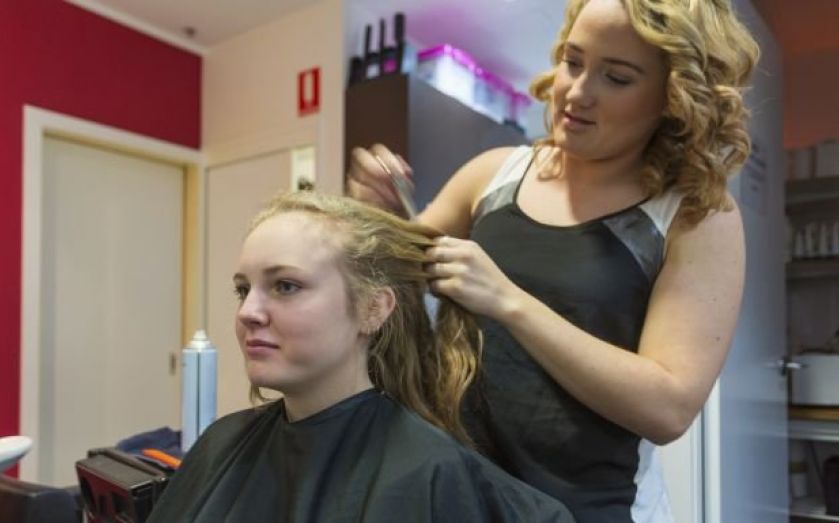Low pay and precarious employment: How the beauty industry scars young women for life

What the report also shows is that once in employment, women who were unemployed in their youth can expect to earn an average of just £10,000 a year in their early thirties. Men who were unemployed in their youth will earn £21,000.

NEET levels for the genders between 2000 and 2014 (Source: Scarred for Life)
It should be noted, however, that fewer inactive women actually want jobs than inactive men do. In 2014, 24 per cent of inactive women wanted jobs in comparison to 29 per cent of inactive men. Inactive refers to those who are not employed and not taking part in any kind of education or training.